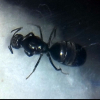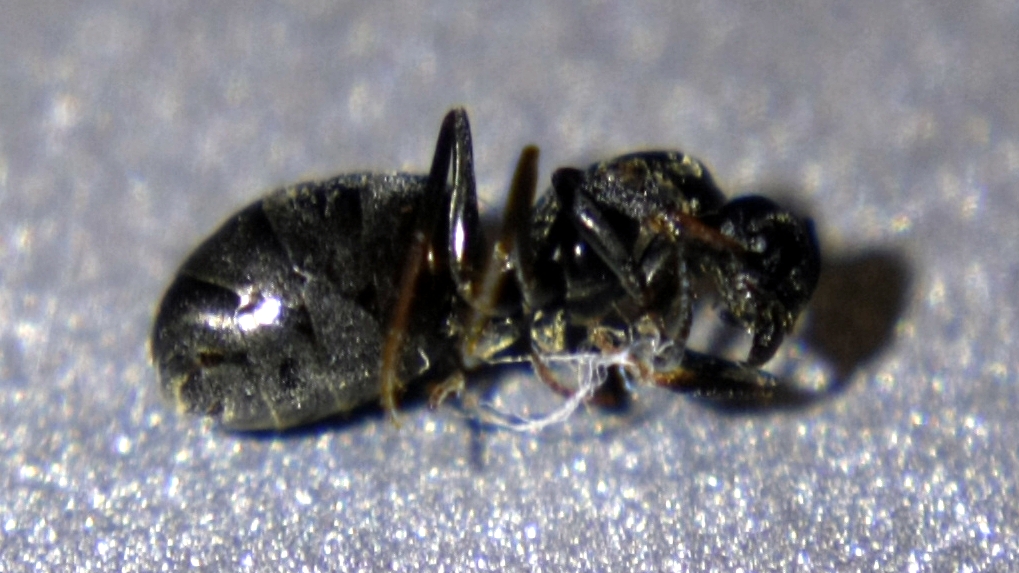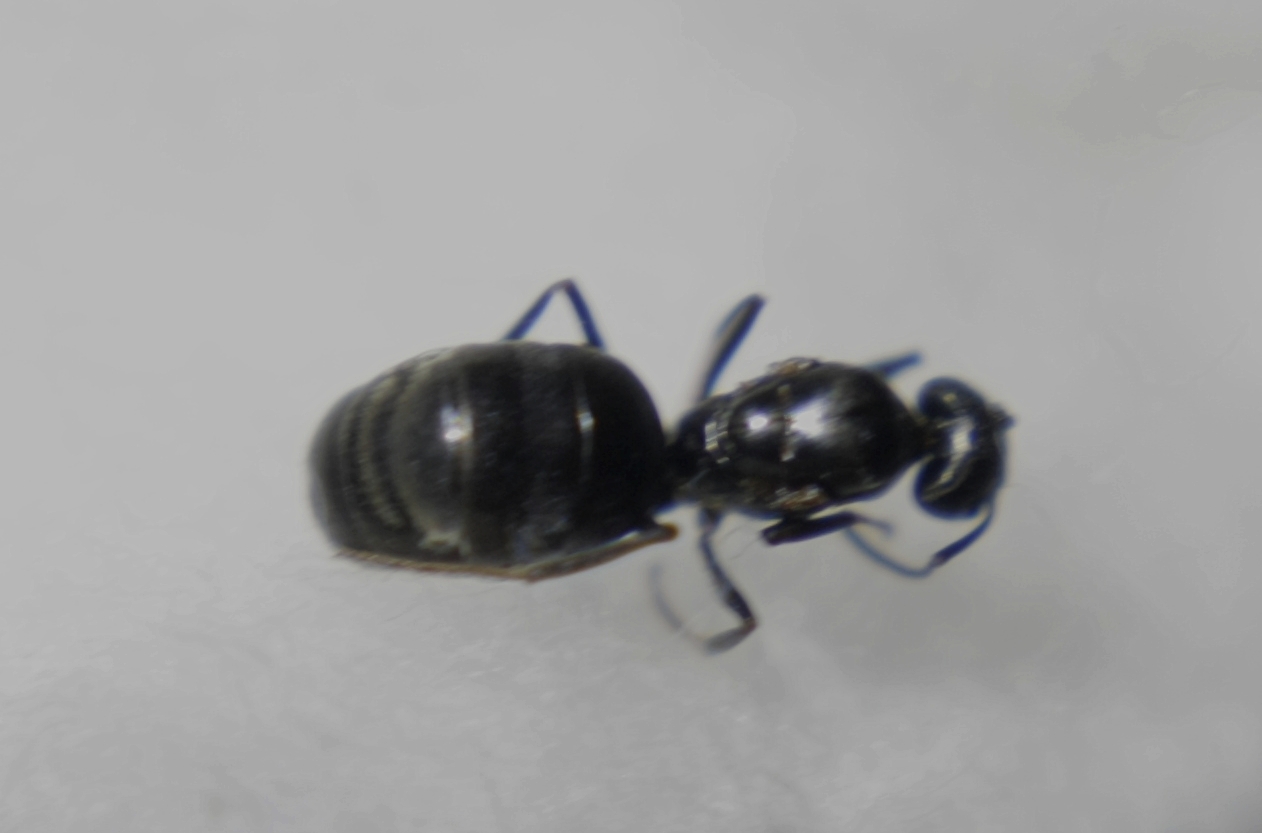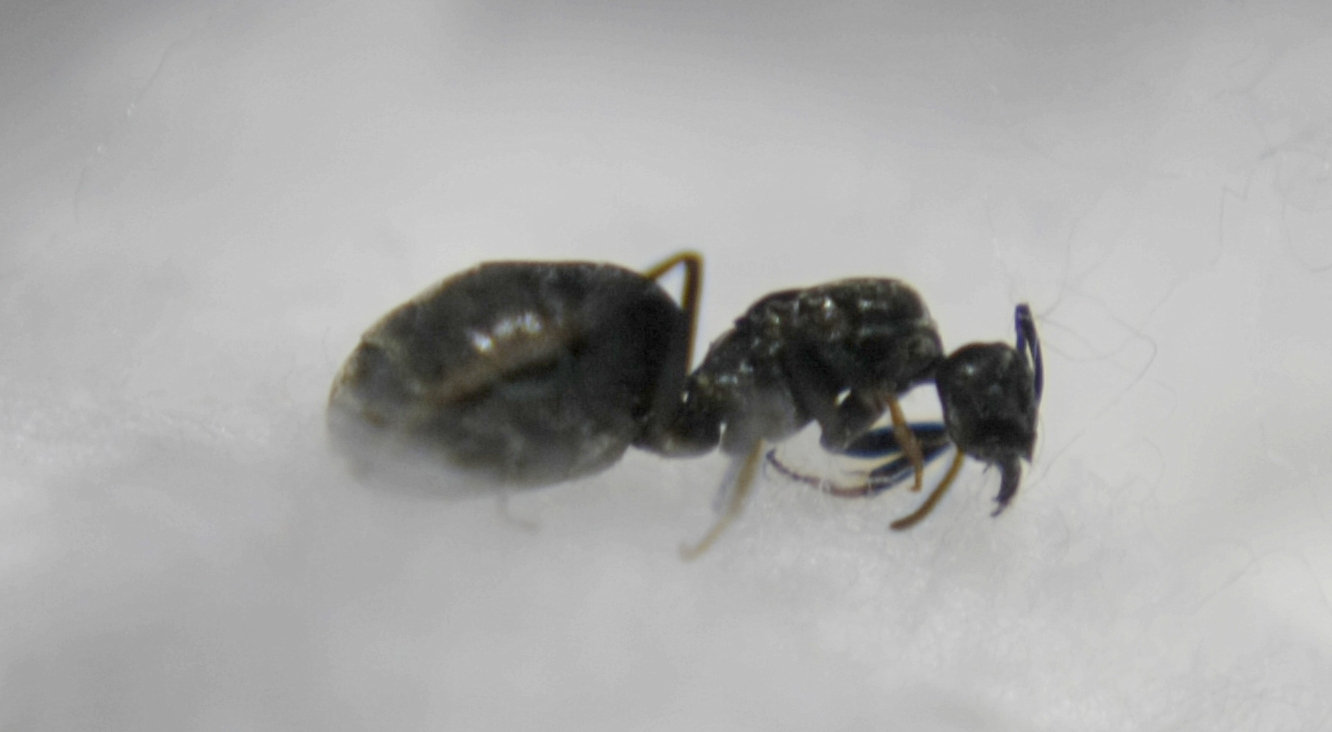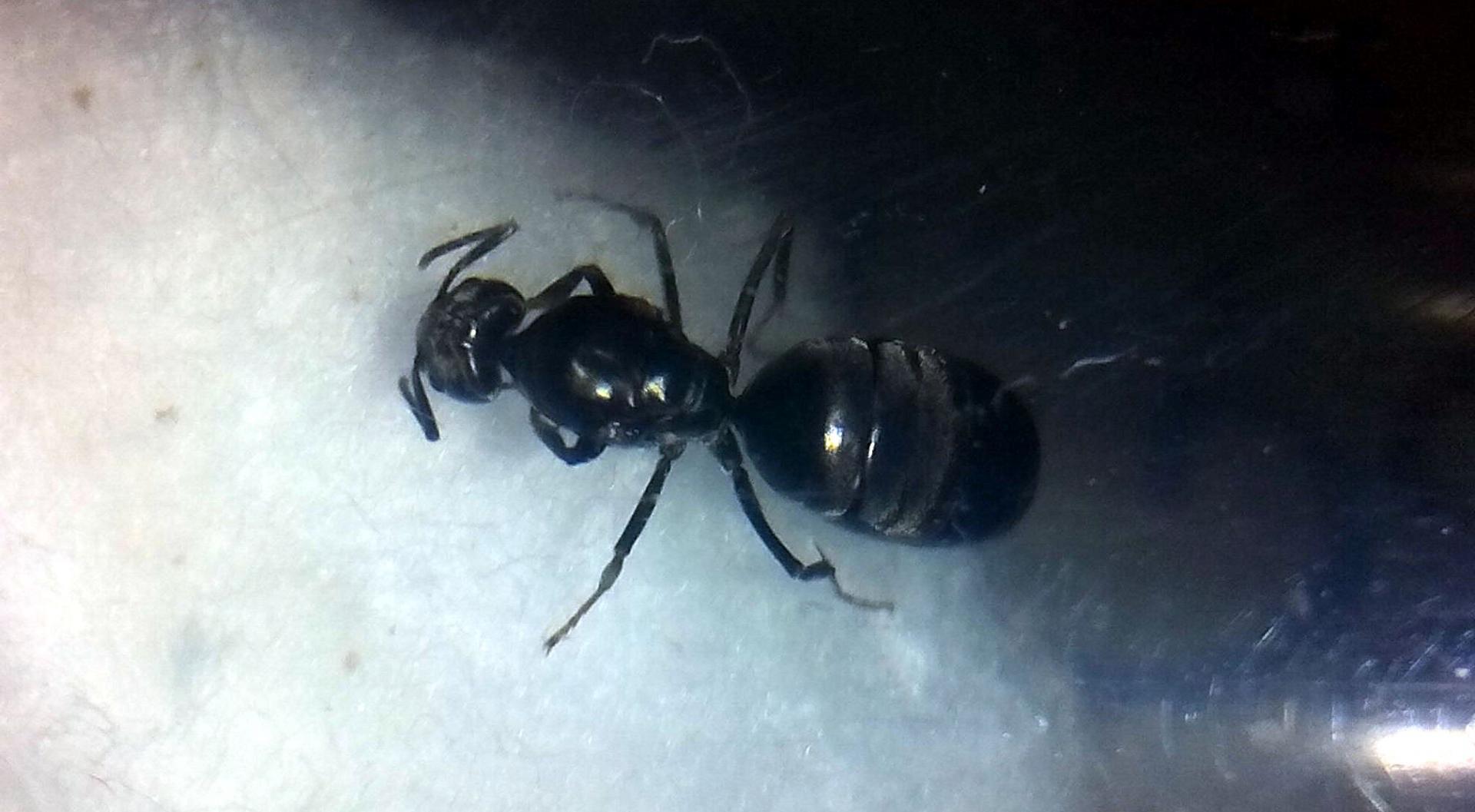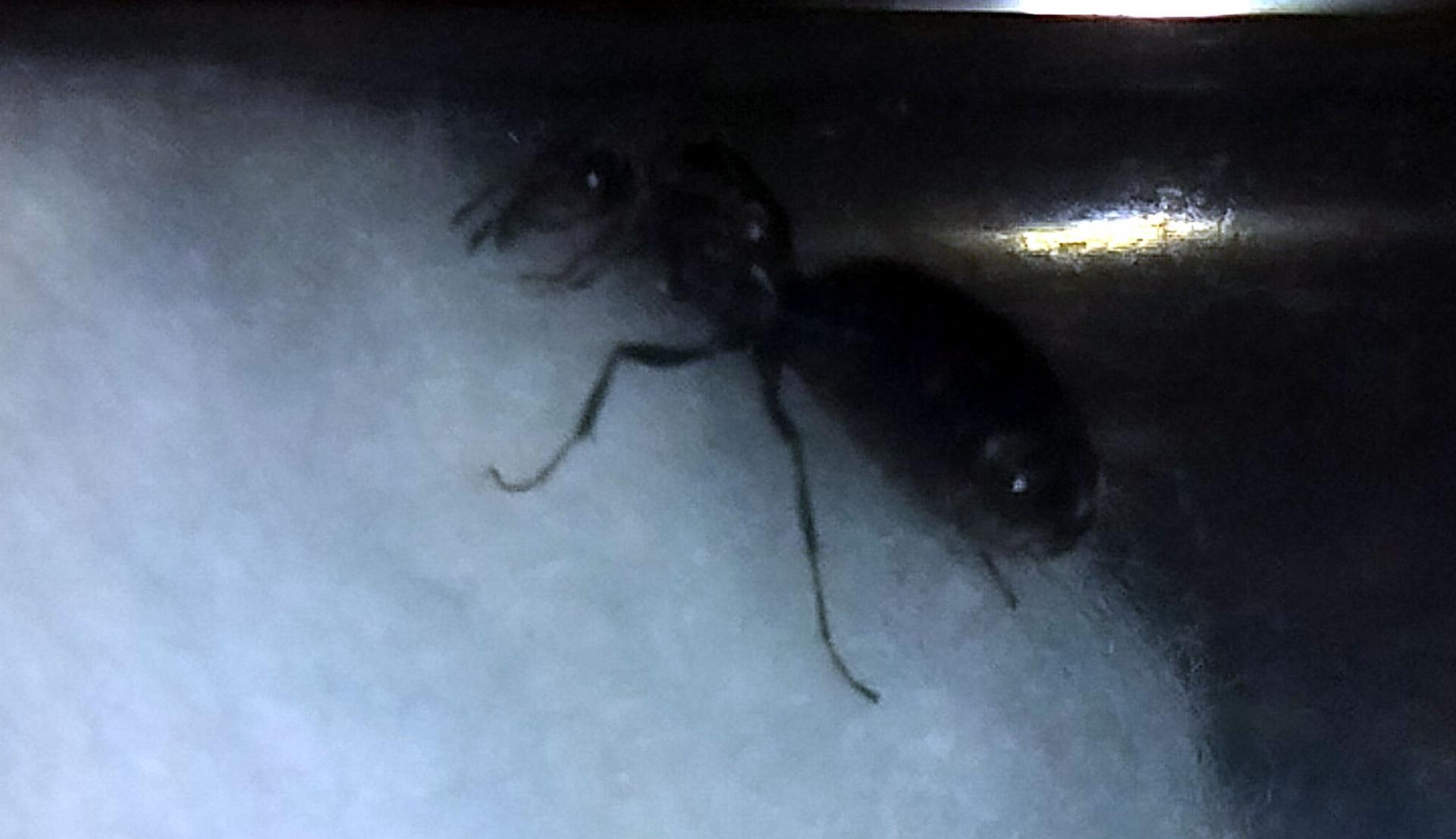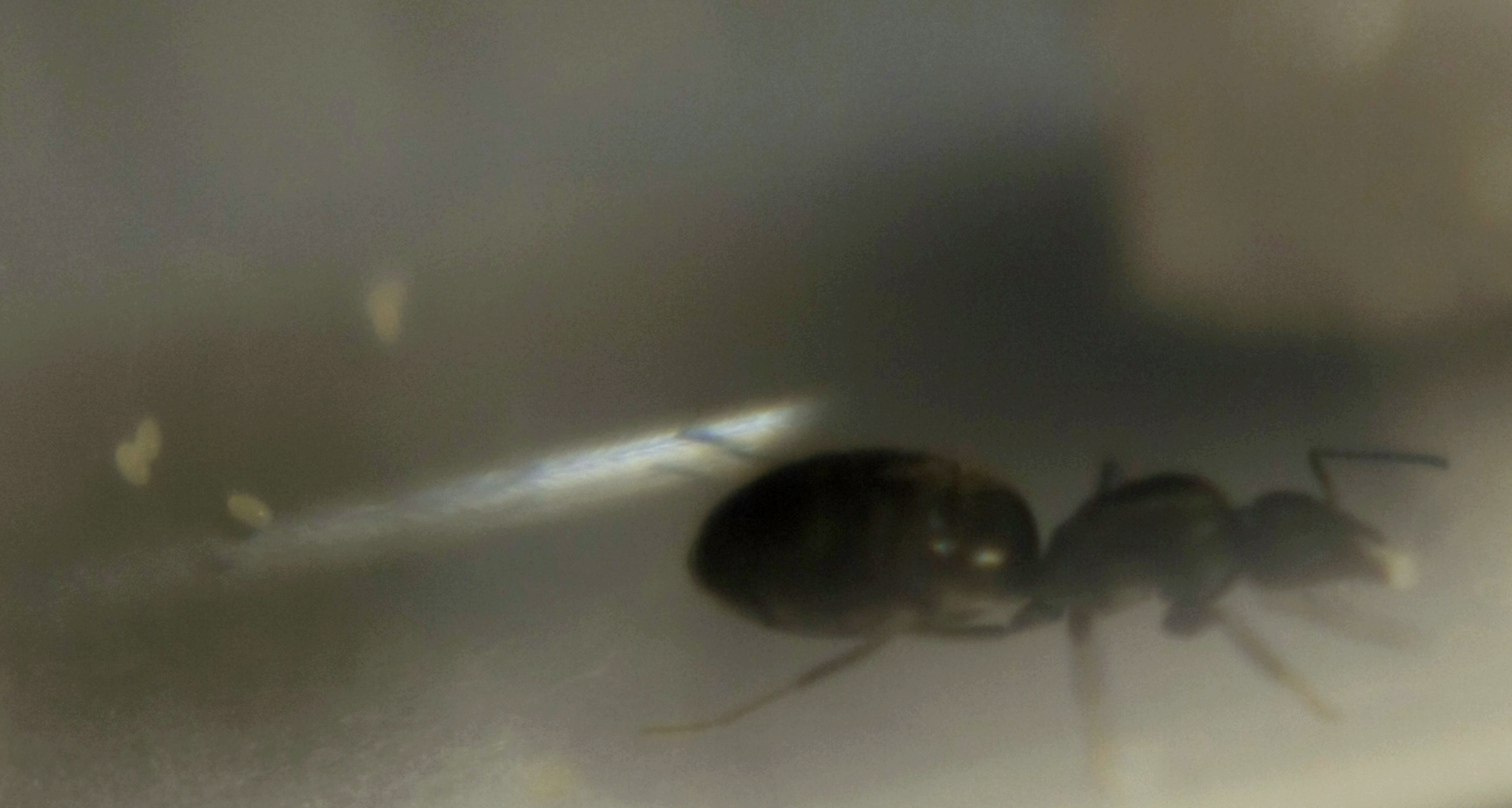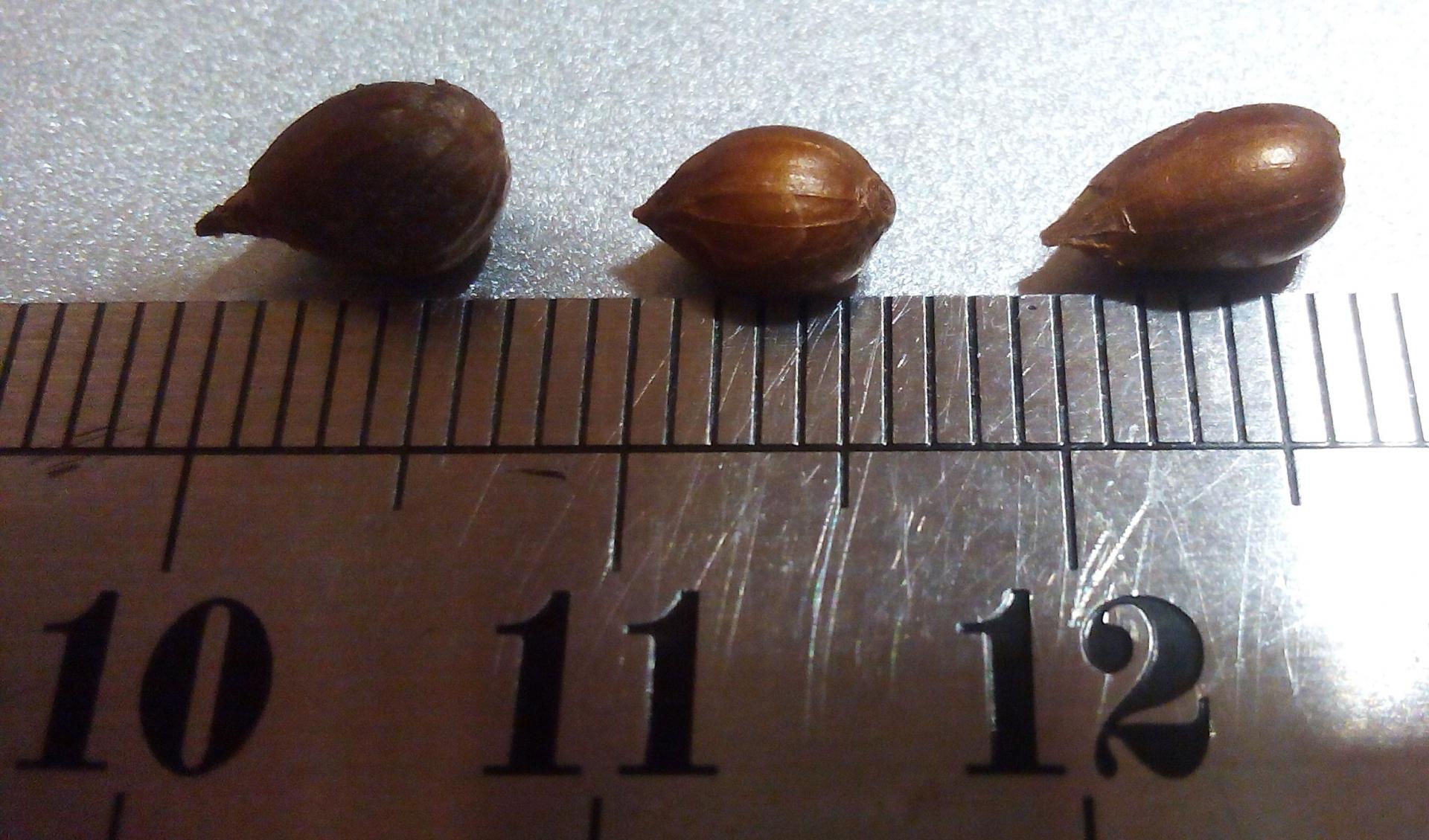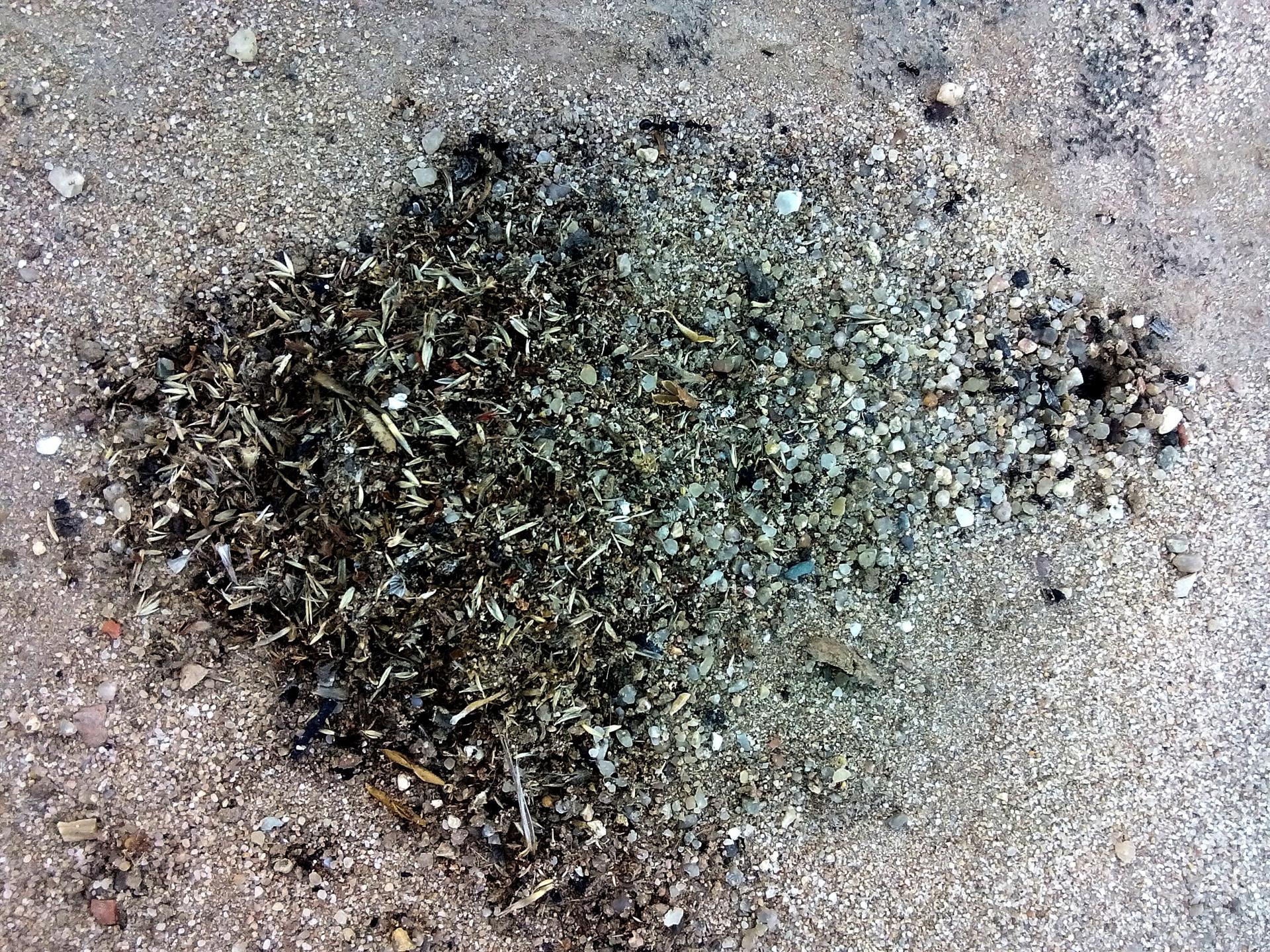Hi all! It's my 1st post here.
I need help identifying this species. Last mid May I caught 9 queens. Meanwhile 2 have died, 2 have successfully bred their 1st nanitics and 5 of them still haven't.
The 1st nanitics were born one month ago, so around 9 weeks from capture to 1st nanitics.
After some mistakes with the 1st colony the 2nd one went smooth and both seem to be able to make it, one has 4 nanitics (with 1 being of a 2nd generation) and the other one has 6.
This is being my 1st experience with ants. I've read some things but I'm still a noob, watching them too often, overcaring for them and making noob mistakes. Learning a lot and now I'm feeling minimally confident in taking care of them and actually start enjoying them.
I live 50Km North of Lisbon, Portugal, Europe.
Their natural habitat is on the dunes of the cliffs by the seaside. Their natural nests are small holes on the hard floor of the waking paths surrounded by short vegetation, looking like semi-deserted, among the sand dunes.
These ants seem to be blind to red light. I've placed a red acetate sheet on their nests and they don't react to external stimuli, not even when I hit them with my phone's flashlight to watch them better.
I see long trails of these ants bringing what seems to be pieces of vegetation to their nest. I believe they are seed harvesters.
These ants are big and the majors are enourmous with huge heads!
Color: all black. The queen have 2 'golden' stripes on their gaster, as seen in one of the attached photos.
Size: around 8 or 9 mm.
Big gaster, full clostral. They love honey! (one of them is sipping on a thick drop of it next to me for over one hour!)
She does not have any 'spikes' on her waist.
I've been feeding the queens still on syringes with honey, and the 2 colonies with honey, fruit flies and mosquitoes that try to bite me ![]()
I've smashed 2 kinds of seeds for human consumption I have here at home but they do not seem very interested in them so far, they seem to be preferring dead bugs (they might have larvae to feed).
One of the colonies moved this morning from their syringe into a tiny 8 or 10 mm wide rubber tube attached to a syringe with water, on a sand out world (brought from their natural habitat and sterilized). The other syringe was almost dry and the morning sun directly hit them, causing them to move. They are not under direct sunlight anymore. This colony had 1 nanitic moving little pebbles of sand all day long to almost completely block their entrance, along with some scraps of local dry flowers I've got them to see if they would eat them but instead they've used it for architecture. :] That's a remarkable work for such a tiny ~1mm worker!
Please find attached some photos of these queens.
Any questions you have please just ask!
Since the 2 colonies are moving forward this seems to be for real, so it's time to know what I actually got here and cater to their specific needs.
Thanks everyone for any ID on them.
(Edited to correct the year of the topic title)
Edited by Formiga, September 16 2021 - 6:56 AM.

